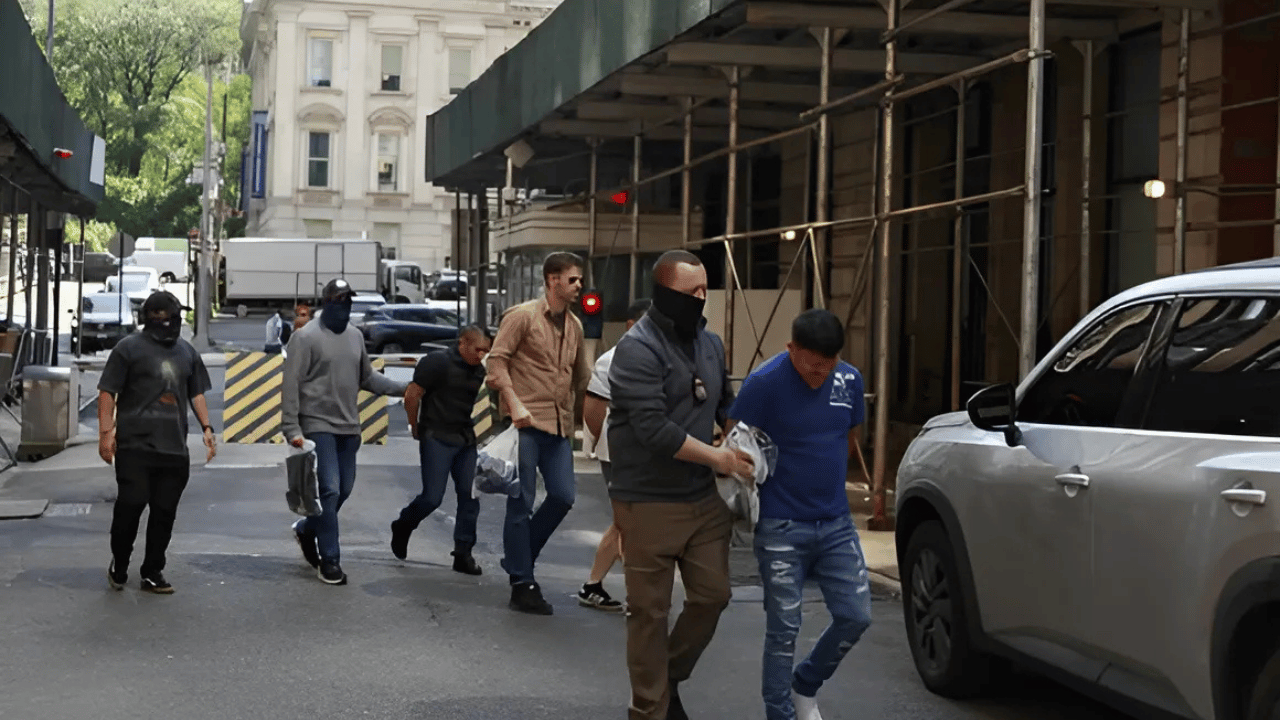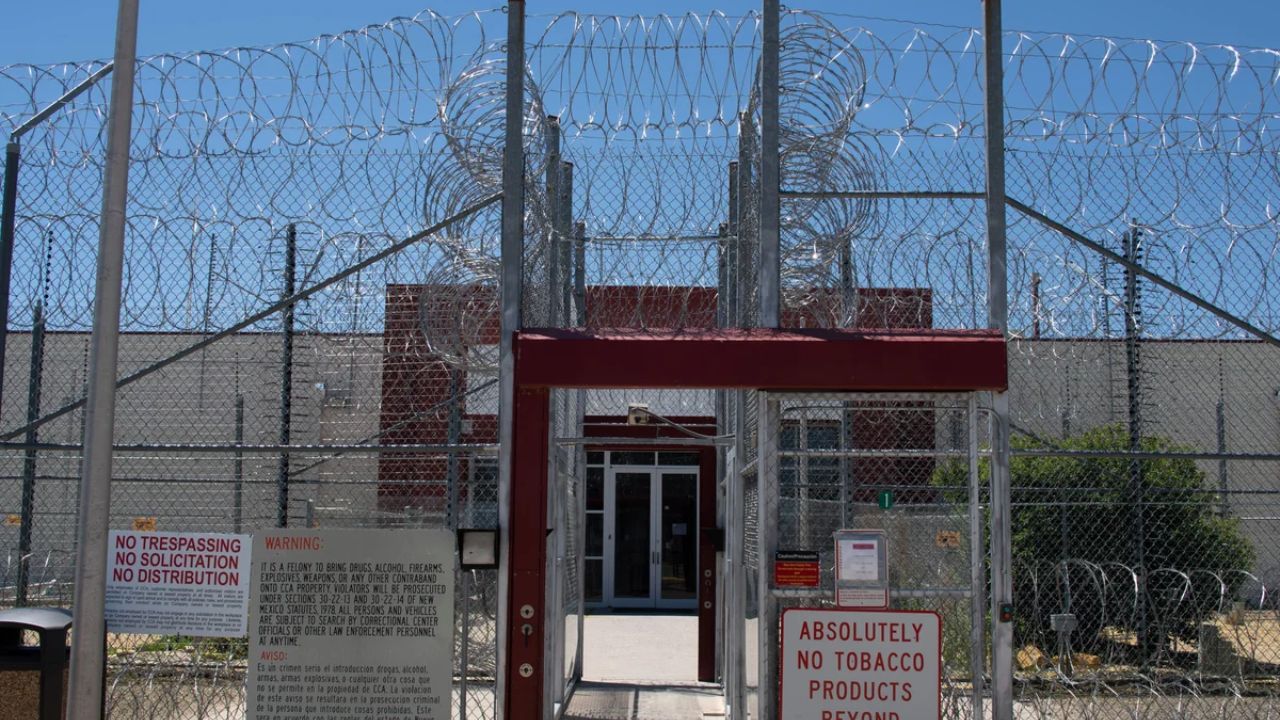In Lower Manhattan, a recent operation by Immigration and Customs Enforcement (ICE) has turned routine check-ins into a surprising arrest dragnet, sparking serious concerns among advocates and residents. What was meant to be a simple check-in for individuals with pending immigration cases instead led to multiple arrests.
Reporters from THE CITY witnessed several people who had attended what seemed like routine appointments, only to be detained unexpectedly by ICE agents.
The operation, which took place in early June 2025, drew attention as ICE officials moved swiftly to apprehend individuals, many of whom were caught off guard.
The dramatic shift in the check-in process is part of a broader national pattern, but it has left many in the community anxious and questioning the fairness of such operations.
ICE’s tactics, including the way they use routine check-ins to arrest individuals, are stirring up emotions within New York City’s immigrant community.
Residents and activists argue that the agency’s actions resemble a dragnet more than a simple check-in, creating a climate of fear. These concerns are being amplified by reports of families being affected, as loved ones are taken without prior warning or explanation.
The New York Civil Liberties Union (NYCLU) has voiced concerns about the potential constitutional violations involved in these sudden arrests, arguing that such tactics undermine trust between immigrant communities and law enforcement.
The organization has urged the public to be aware of the risks that come with the shifting nature of ICE’s operations.
For many of the individuals impacted, the routine check-in had been seen as a way to remain in compliance with the legal system while waiting for their cases to be resolved.
ICE, however, is now using these check-ins as an opportunity to conduct mass detentions, further complicating the situation for many immigrants trying to navigate the U.S. legal system.
Advocates have also raised alarms about the long-term psychological effects these operations could have on immigrant communities in New York.
The sense of uncertainty and fear surrounding the possibility of arbitrary arrests has left many feeling vulnerable. In many cases, those detained are being transported to facilities far outside the city, making it even more difficult for families to maintain contact with their loved ones.
The city’s response to these incidents has been mixed. While some city leaders express support for a more compassionate approach to immigration enforcement, others acknowledge the complexity of the situation and the need for increased vigilance.
Mayor Eric Adams has called for an investigation into the tactics used during these check-in appointments, though advocates worry that such statements may not lead to significant change on the ground.
In the wake of these operations, there have been calls for more transparency and accountability from ICE, particularly regarding how the agency handles individuals with pending immigration cases.
As of now, no clear answers have been provided about why these check-ins have become a tool for arrests rather than a simple check-in process.
As these developments continue to unfold, it is clear that the relationship between law enforcement and immigrant communities in Manhattan is facing new challenges.
Whether these operations will continue to expand or if public pressure will lead to a reassessment of ICE’s tactics remains to be seen. In the meantime, many immigrants are left to navigate this uncertain and fear-filled environment, hoping that their routine check-ins won’t become a trap.






